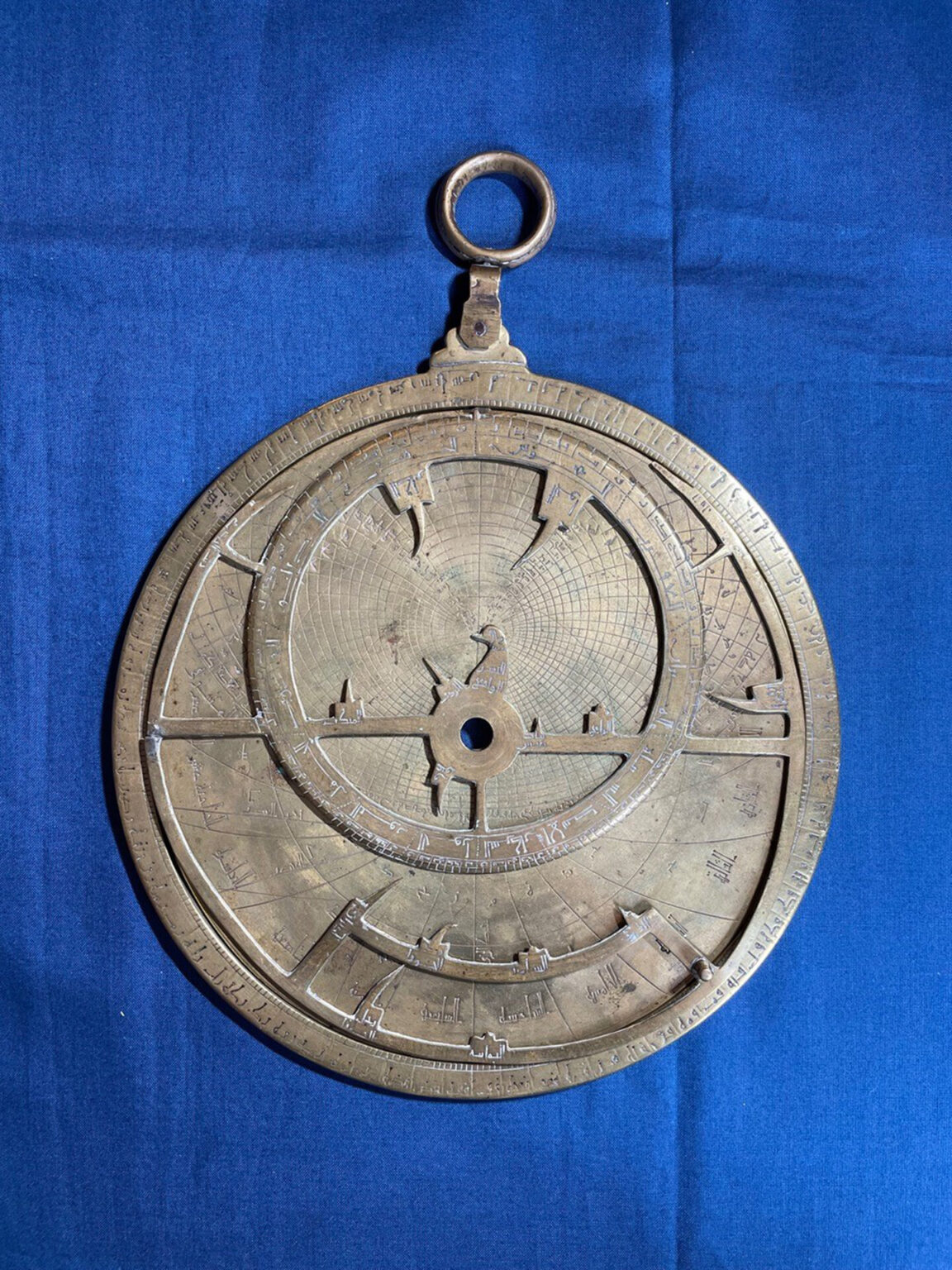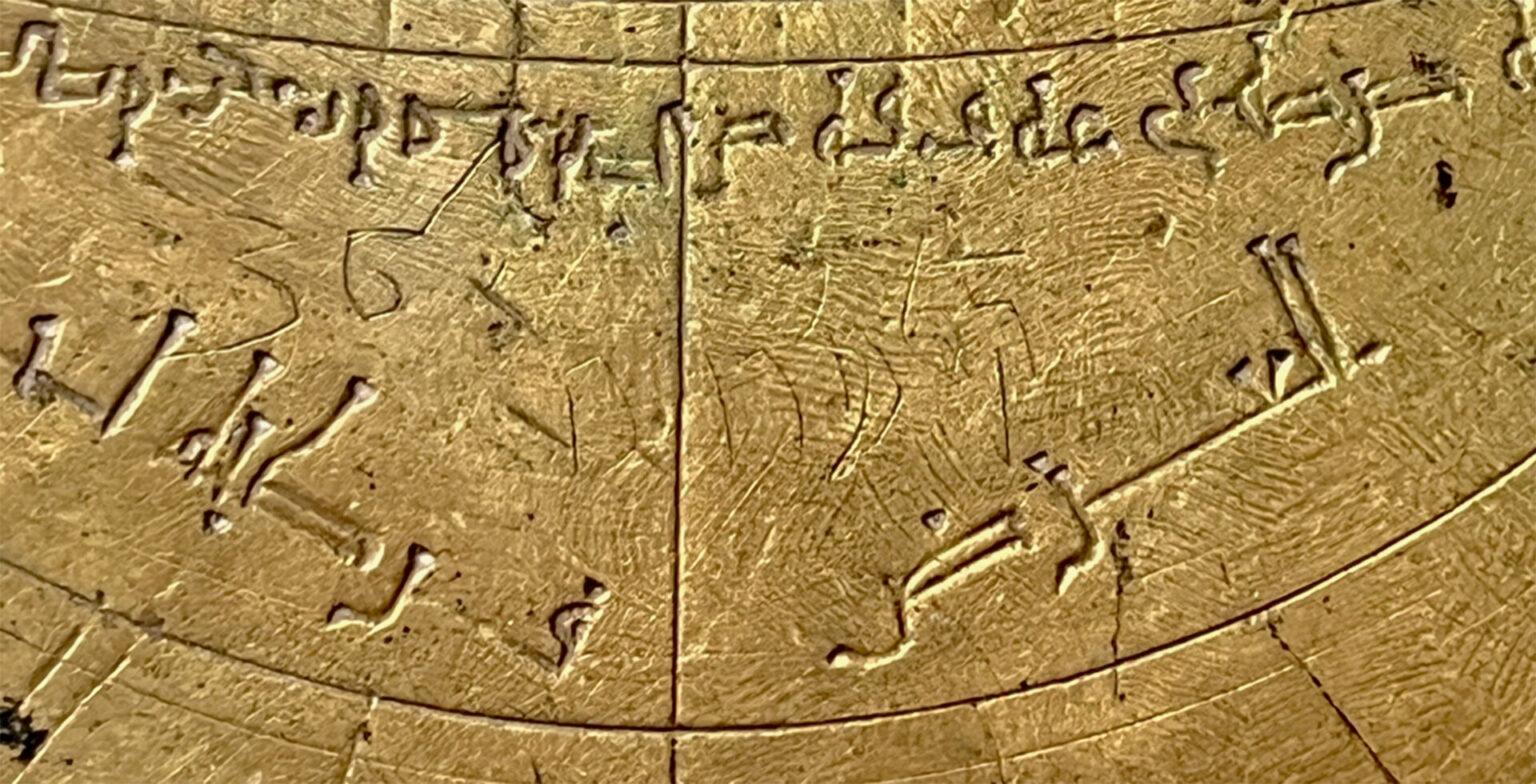The study of an ancient astrolabe from the museum of the Italian city of Verona showed that it was made in the XI century. At one time, it managed to change at least three owners, moving from Arabs to Jews and from Jews to Christians. Scientists have just begun to unravel the amazing story of this astronomical instrument.

Ancient Astrolabe
Historians have recently published a study that can tell a lot about how astronomical knowledge spread between different peoples in ancient times. It all started with the publication by the historical museum of a photo of a strange mechanical device. At first, everyone thought it was some kind of fake.
However, it quickly became clear that this was an incredibly ancient astrolabe. Similar devices were widely used in the Middle Ages. They were a kind of astronomical computers. By moving and combining several plates with curved scales, it was possible to predict how the stars would look in the sky at a certain moment, or vice versa, to determine people’s position on the ground by their position.
The astrolabes were made by hand, contained interchangeable elements and a lot of inscriptions. Therefore, each of them carries a lot of information about their former owners. However, the instrument discovered in the Verona museum really turned out to be unusual.
History of the astrolabe from Verona
The astrolabe, which was discovered in Verona, dates back to the 11th century, making it one of the oldest known instruments of this type. It is quite easy to determine by the positions of the stars on it. It changes very slowly due to the precession of the earth’s axis, therefore, knowing the approximate place of manufacture, it is always possible to determine the manufacturing time with accuracy up to several decades.
As for the place of manufacture, it is the province of Andalusia, which is in modern Spain. At the same time, the inscriptions on the main part of the astrolabe are made in Arabic. This should not be surprising, because these lands were under the rule of the Emirate of Cordoba at the specified time. It was then one of the leading scientific centers in the world. More specifically, the place of its creation is the city of Toledo.

There is also an indication of its creator on the Verona astrolabe. The inscription in Arabic says that it was made by Yūnus for Isḥāq. Or Jonah for Isaac, because scientists tend to think that its first owners were Jews who continued to live in Muslim Spain.
North Africa
However, the astrolabe subsequently changed its owner and its place of location. At least that’s what the replacement plate says. The inscriptions on it are already made exclusively in Hebrew, and the position of the stars corresponds to North Africa.
Later this astronomical instrument was used by some Jewish community, which at that time lived in the territory of modern Morocco or Algeria. It was difficult to say exactly when, but scientists noticed that the names of the constellations were made in the transcription recommended by Abraham Ibn Ezra.
This Jewish scientist published his work on astronomy in 1146. Therefore, it is logical to assume that additional Hebrew inscriptions appeared on the device almost a century after its manufacture. At the same time, judging by the writing of the numbers, they were made by a person who was little familiar with mathematics and astronomy.
When the astrolabe got to Verona
Interestingly, the aforementioned Abraham Ibn Ezra lived in Verona, where there was a huge Jewish community at that time. However, the device obviously came to this city after his lifetime. And soon enough, it changed hands again. At least this was eloquently evidenced by the figures of the European model, which duplicated the Arabic inscriptions.
At the same time, in some cases, Christian scientists tried to clarify the meanings that the Arabic-speaking creators applied to the instrument. But they were often wrong, because it is the Arabic numbers that look more accurate.
The specific owners of the amazing astrolabe of those times remain unknown. Its path can only be reliably traced back to the XVII century, when it got into the collection of the nobleman Ludovico Moscardo, and then passed to the Miniscalchi family. It was kept there for several centuries before it was transferred to the museum in 1990.
According to phys.org
Follow us on Twitter to get the most interesting space news in time
https://twitter.comne/ust_magazine


